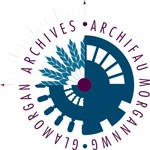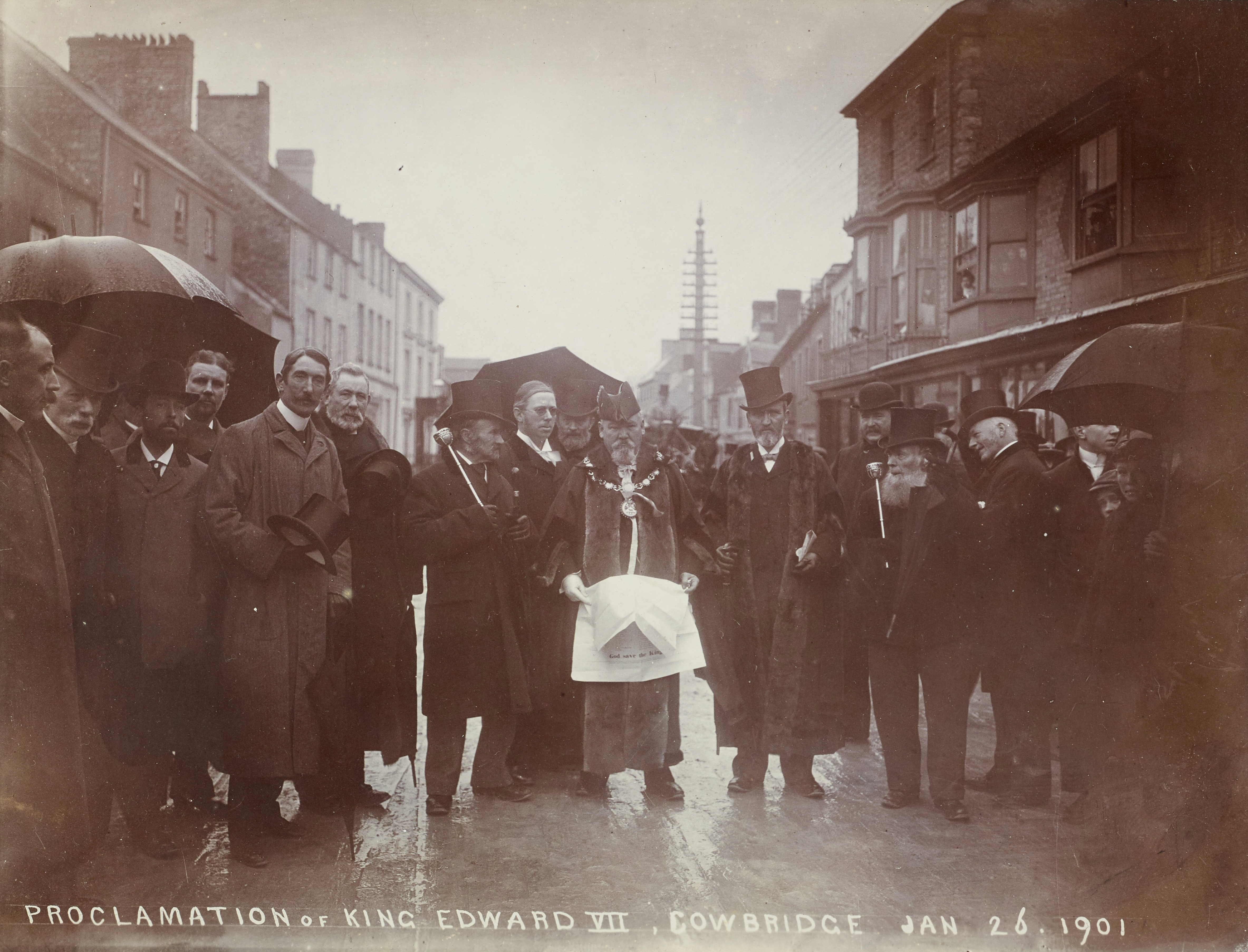For those hoping for snow over the holiday period the photographs selected from the Edwin Miles collection this week are of winter scenes at Merthyr Mawr and Ogmore.

The first photograph will be a familiar scene to many with snow covered fields, Ogmore Castle in the background and the stepping-stones across the river in the foreground.

The second may not be so well known. It shows one of the two lodges that mark the entrance to the Merthyr Mawr estate first acquired by Sir John Nicholl in 1804. The lodge is situated on the “new road” built by the Nicholl family to replace the original route that passed close to the site of Merthyr Mawr House. Known as Merthyr Mawr Lodge or West Lodge, the cottage first featured in maps in 1813. With its thatched roof and scenic setting, it is a much-admired property and a Grade 2 listed building.
Edwin Miles worked, primarily, from his studio built at the rear of his home on Ewenny Road. Merthyr Mawr was, therefore, very much “on his patch”. The collection held at Glamorgan Archives includes over twenty photographs of the village and the surrounding area.

There are very few clues that allow us to date the winter scenes other than that the Edwin Miles collection covers the period from 1900 to 1929. His work falls broadly into blocks, the years leading up to the outbreak of war in 1914 and the 1920s. During both periods the lodges on the approaches to Merthyr Mawr House would have housed staff working for the Nicholl family.

Edwin Miles took photographs of many towns and villages across the Vale of Glamorgan up until his death in 1929. The photographs of Merthyr Mawr in the winter can be found under reference D261/M130-134. We plan to feature more photographs from the Edwin Miles collection over the coming months. The main collection can be seen at Glamorgan Archives or online in the catalogue at http://calmview.cardiff.gov.uk/ under reference D261.
Tony Peters, Glamorgan Archives Volunteer


